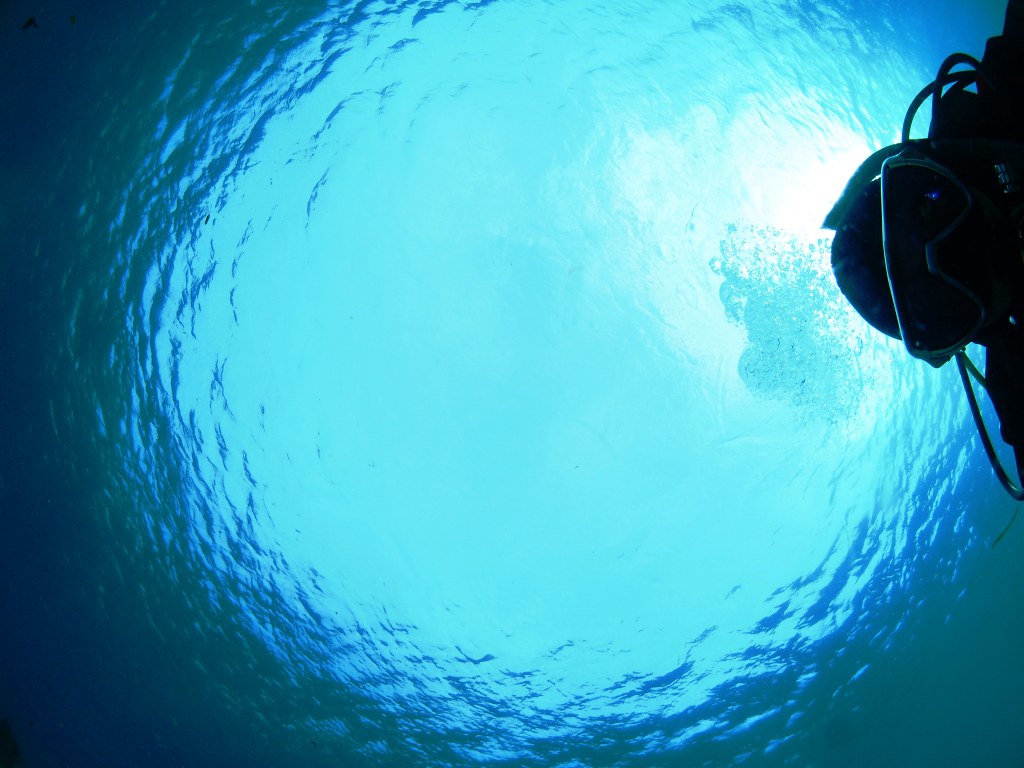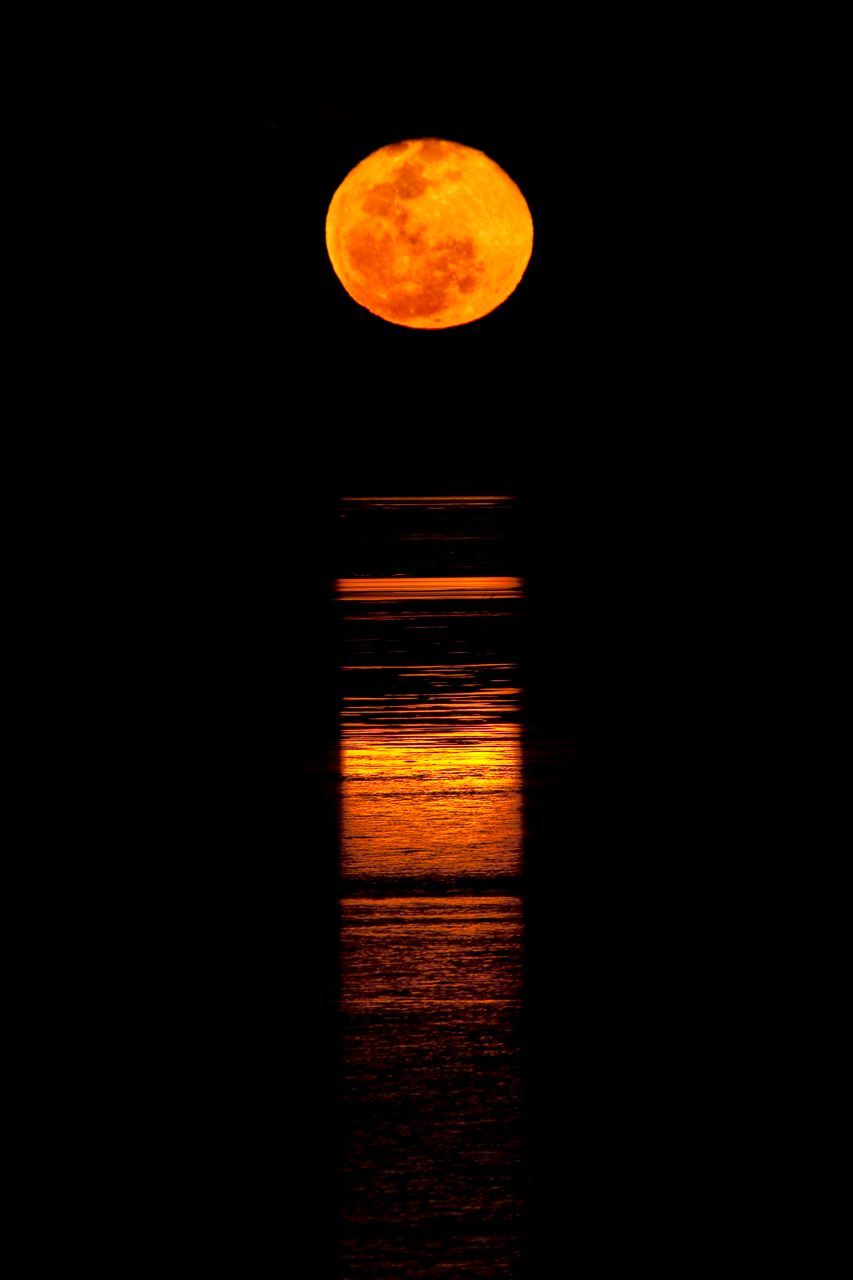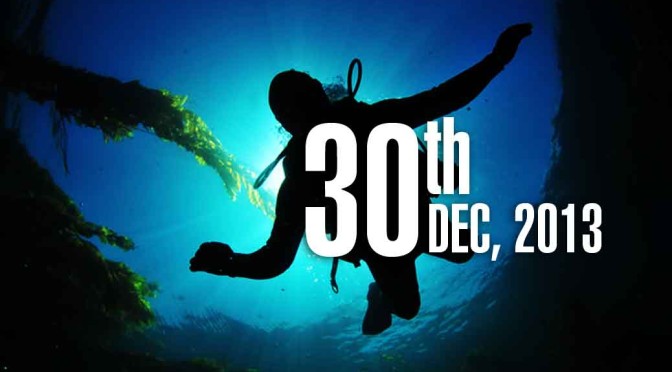Agreed, sometimes, when you find yourself being interrogated in a room covered with one-way mirrors, you can’t see the people who are observing you; Instead, you see yourself in the mirrors. Otherwise, If you can see something, it seems normal to assume that the thing can see you too.
A trout’s window to the outside world is something similar to what a person in the interrogation room experiences. However, unlike the person, a fish can actually see things that are out of the water, but the view is very limited.
The Snell’s Window
When a fish looks up from water, it sees only a circular window of light, from under the water surface. Everything that lies outside of this circle is darker. This darker area of vision is replaced by the reflection of the sea/lake bed (where there is no source of light to illuminate it). This effect isn’t due to any limitations of a fish’s eye. In fact, even human divers see only a circle of light when they are under water. This circle is called the Snell’s Window or the optical man-hole.
Irrespective of the fish’s visual acuity, some physical properties of water and air get together and have a great effects on what a fish can see. It sees a circle with diameter calculated by the Snell’s equation.
In short, the window is about 2.3 times as wide as the fish’s depth. So, a fish can see more if it goes deeper. At a depth of 1 meter, it can clearly see things on a circle that is 2.3 m wide on the surface of water.
So, even if you can see a fish in water, it will be foolish to assume that the fish can see you too. Some times it can’t. It looks something like this from under water:

In Wikipedia’s words:
Snell’s window is a phenomenon by which an underwater viewer sees everything above the surface through a cone of light of width of about 96 degrees.
Why does it happen?
It happens due to a simple optical phenomenon called the total internal reflection.
The physics behind this phenomenon can be read here. [Read here]







